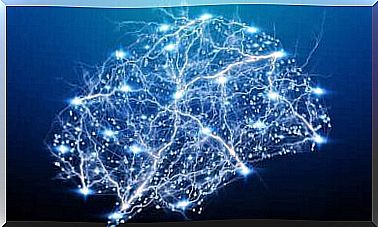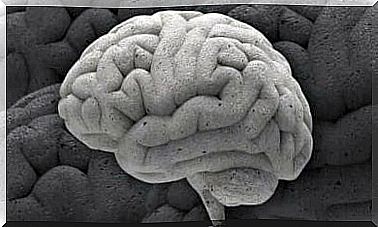New Study: Mindfulness Relieves Pain

Mindfulness relieves pain, according to the latest study published in PAIN . This confirms the results of other studies (for example a research paper published in the journal JAMA). These also indicated that mindfulness can cause chronic pain; especially back pain, can relieve even more effectively than standard treatments.
Another study published in the journal Frontiers In Psychology also found that mindfulness helps injured athletes improve pain tolerance and awareness.
Another study found that people with chronic inflammatory conditions such as B. rheumatoid arthritis or inflammatory bowel disease, where psychological stress plays an important role , can greatly benefit from mindfulness.
But which brain mechanisms are responsible for this pain-relieving effect? New research led by Fadel Zeidan, Assistant Professor of Neurobiology and Anatomy at Wake Forest Baptist Medical Center in Winston-Salem, North Carolina, answers this question.
Full attention and pain
Zeidan explains that mindfulness (also known as mindfulness) is about becoming aware of the present moment without experiencing or judging excessive emotional reactions.
Some are more aware of this than others, and these people seem to experience less pain. What the researchers wanted to test was whether the innate individual predisposition to fully conscious people correlated with a lower sensitivity to pain and, if so, which brain mechanisms played a role.

To do this, the researchers examined 76 people who had never meditated before. Your mindfulness was assessed using the Freiburg Mindfulness Questionnaire (FFA). This test evaluates non-identification with thoughts and feelings, acceptance, openness, non-reactivity, understanding of mental processes and observation of the present moment.
The researchers then administered painful and painless thermal stimulation to the participants, using a functional MRI to examine their brain activity.
The researchers suggested that “paying full attention to the trait” – or a person’s disposition to be aware – would correlate with less sensitivity to pain and less activity in a brain circuit known as the resting state network.
The resting state network comprises several areas of the brain that are interconnected and active at rest; that is, when a person does not pay attention to the outside world, which attracts attention, but focuses on his internal states.
Some key areas of the brain that make up this network are the posterior cingulate cortex, the medial prefrontal cortex, and the angular gyrus.
Meditation and the resting state network
It is known that meditation is an immediate experience. Distractions such as self-centered thinking or the wandering mind are “switched off”.
Accordingly , meditation has been associated with relatively reduced activity in a network of brain regions. These are involved in self-referential processing and are known as the Default Mode Network (DMN ). The study compares participants who are experienced in meditation with people who have not experimented.
Similarly, the wandering spirit has been associated with the activity in the DMN. The reduced DMN activity during meditation is probably due to better sustained attention outside the scanner.
Previous research suggests that meditation plays an important role in reducing resting state network processes.

Why does mindfulness relieve pain?
The new study found that more conscious attention correlated with less activation of the posterior cingulate cortex. Conversely, those who reported more pain also showed greater activity in that area.
Zeidan explains this by stating that the standard mode is deactivated when we are doing any kind of activity, such as reading or writing.
In addition, the resting state network is reactivated every time you stop doing a task and return to self-centered thoughts, feelings, and emotions.
The researchers hope the results will help help people with chronic pain. “Based on our research to date, we know that we can increase awareness for relatively short periods of conscious meditation training so that it can become an effective pain relief tool for the millions of people who suffer from chronic pain,” they conclude.









